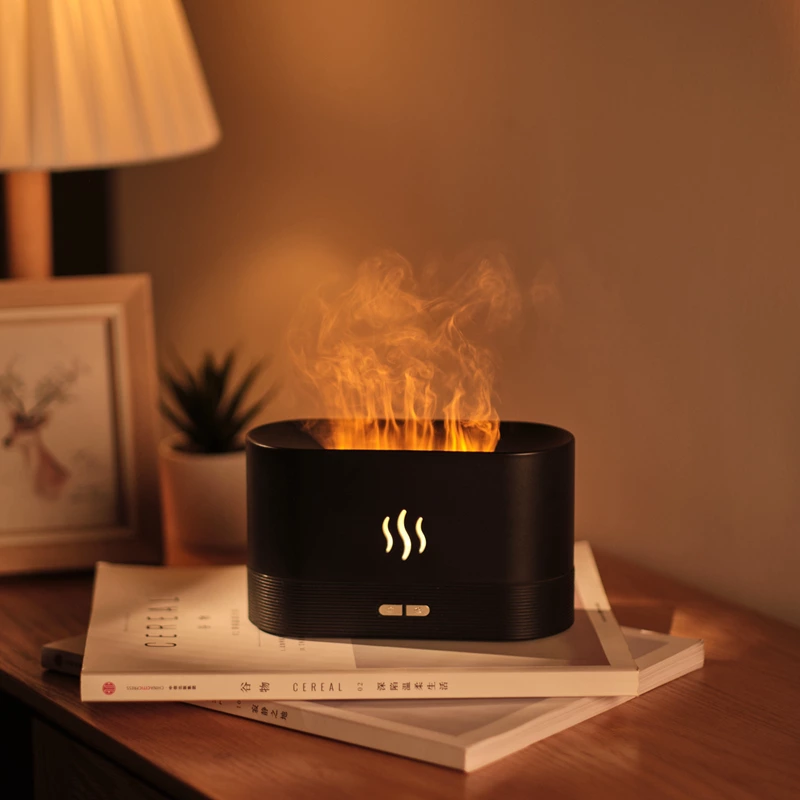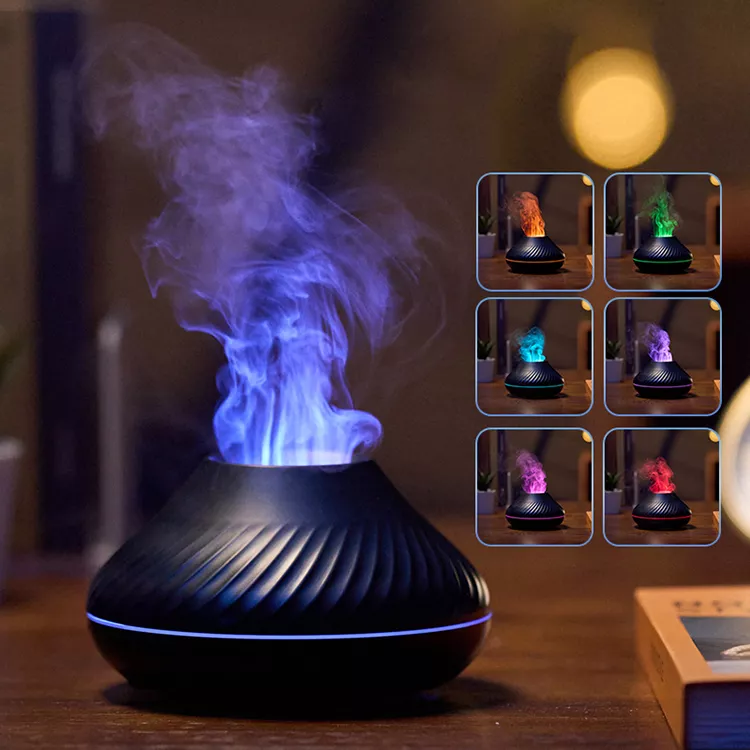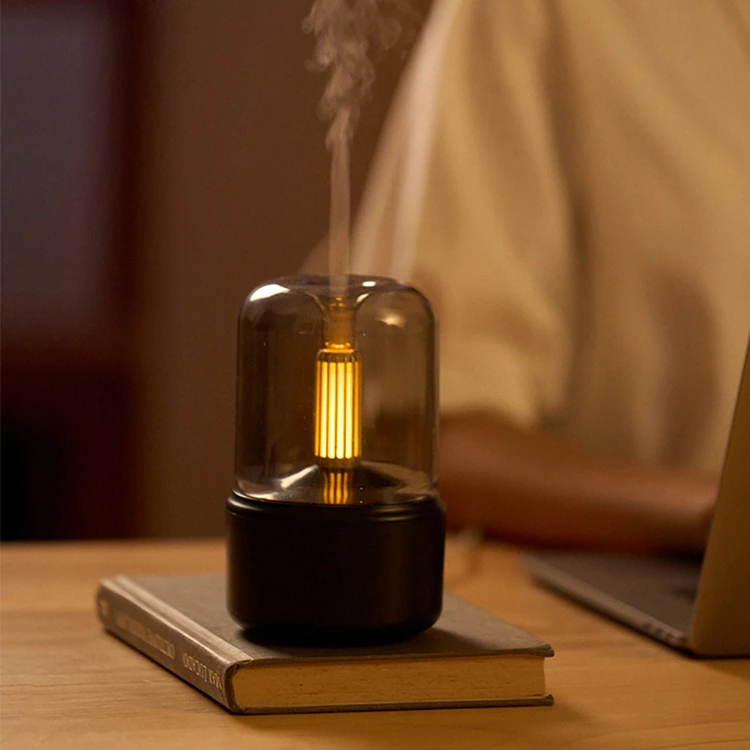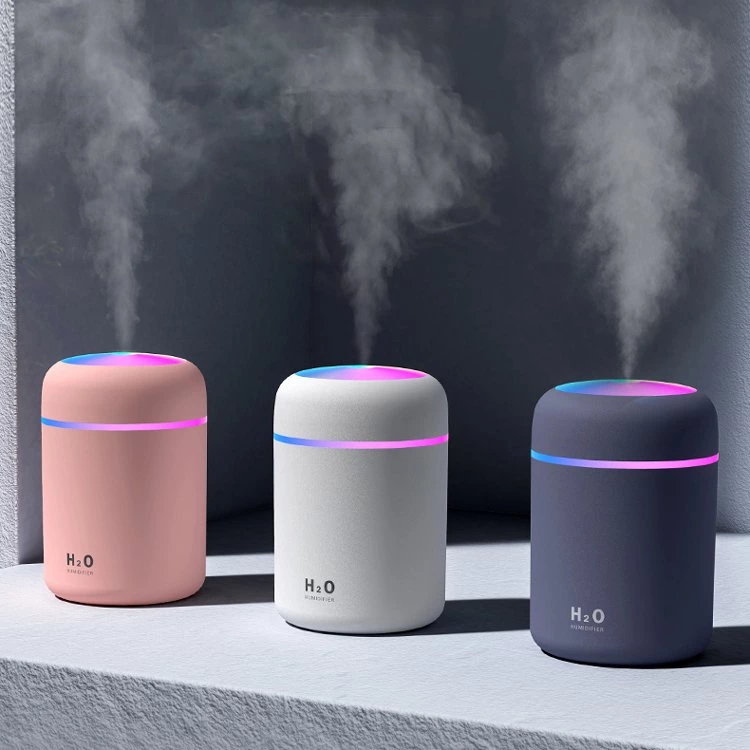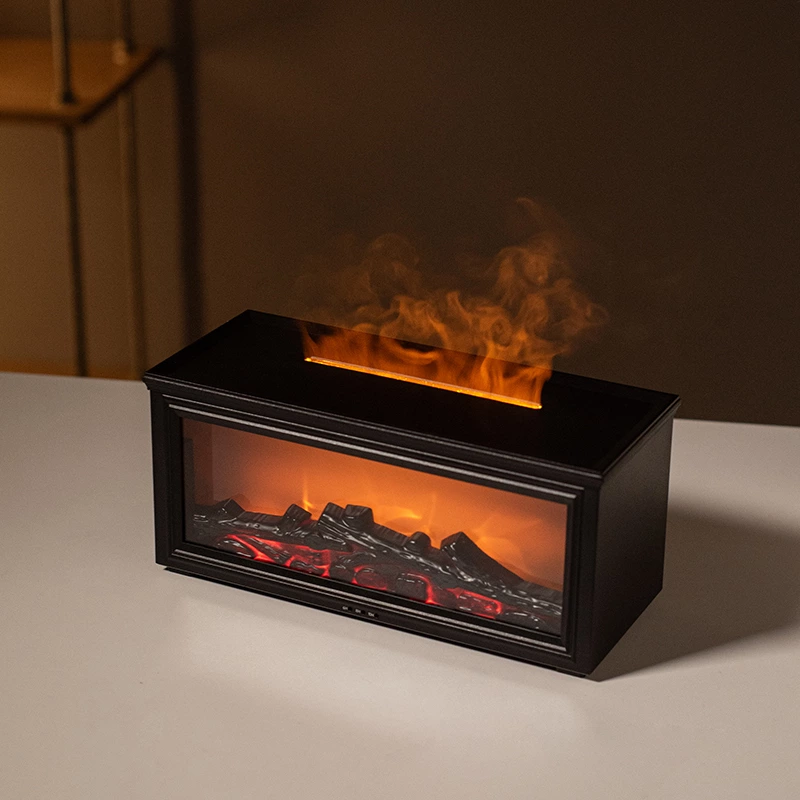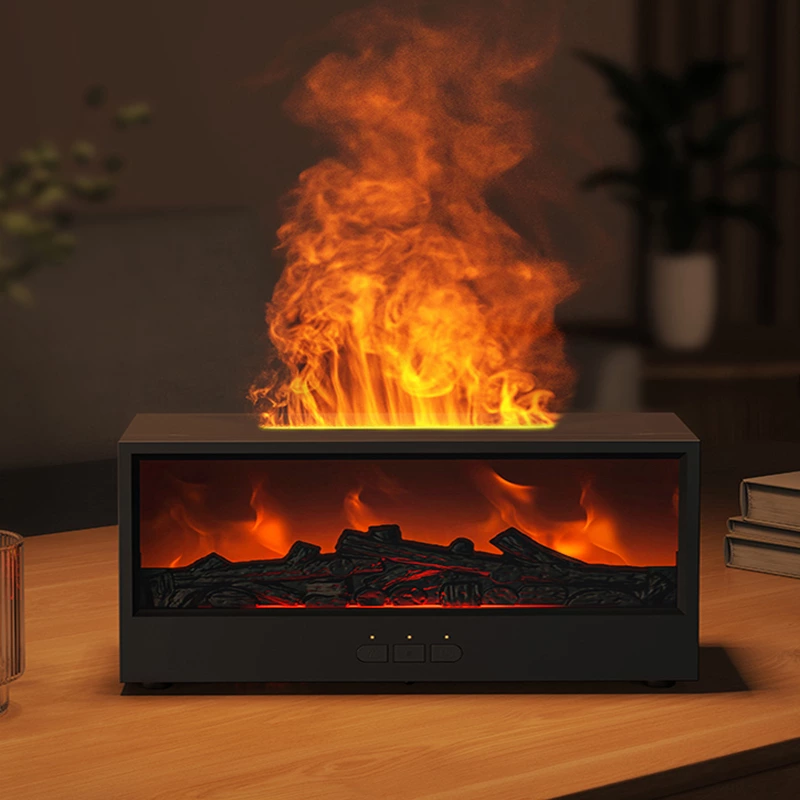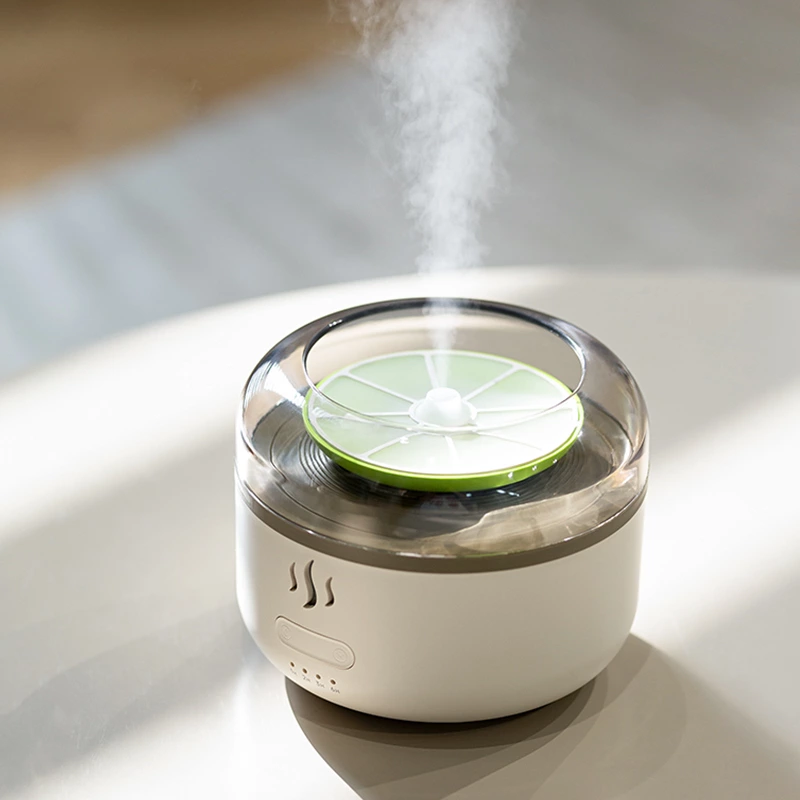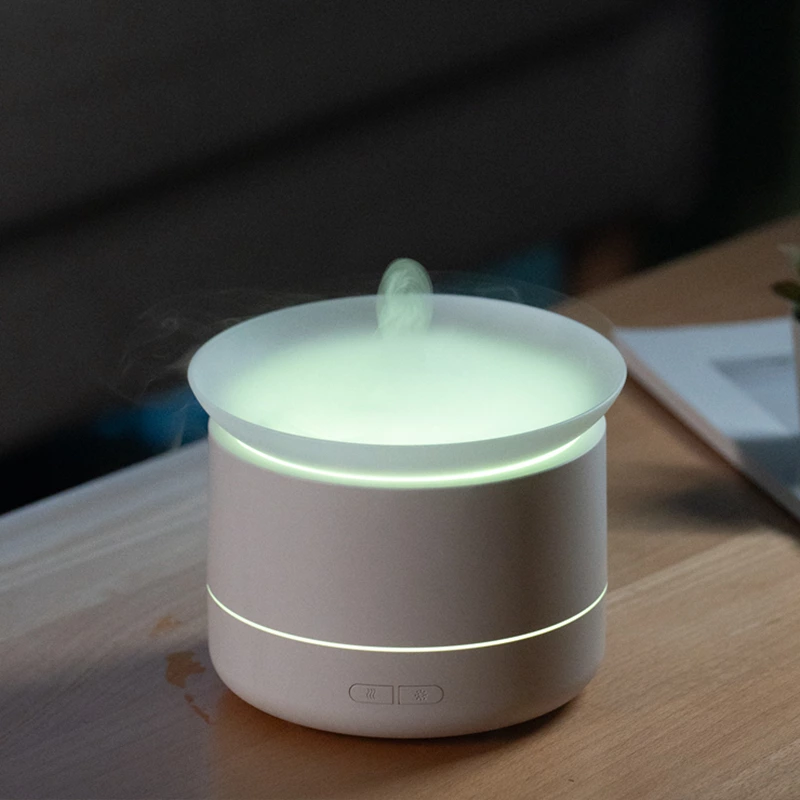Understanding the Lifespan of Built-in Lithium Battery Humidifiers
Humidifiers are an essential appliance in many households, helping to maintain optimal humidity levels for comfort, health, and the preservation of home environments. With advancements in technology, humidifiers have become more portable and convenient, thanks to the incorporation of built-in lithium batteries. These battery-powered humidifiers offer the flexibility of wireless operation, making them ideal for use in different rooms, offices, or even while traveling. However, a common question arises: How long do these built-in lithium battery humidifiers last?
In this article, we will explore the factors that determine the lifespan of humidifiers with built-in lithium batteries, provide insights into battery longevity, and offer tips on how to extend the life of your device.
The Role of Lithium Batteries in Humidifiers
Lithium batteries are widely used in modern electronic devices due to their high energy density, long life, and ability to hold a charge for extended periods. In the context of humidifiers, lithium batteries allow these devices to operate without the need for constant access to a power outlet. This portability is one of the main advantages of using a humidifier with a built-in lithium battery.
Understanding Lithium Battery Lifespan
The lifespan of a lithium battery is primarily measured in charge cycles. A charge cycle refers to the process of charging a battery from 0% to 100% and then discharging it back down to 0%. Typically, a lithium battery in a humidifier can last between 300 to 500 charge cycles before it starts to lose its capacity significantly.
In practical terms:
- Daily Use: If you use your humidifier daily and recharge it fully once per day, you can expect the battery to last about 1 to 2 years before its performance starts to degrade.
- Moderate Use: With less frequent use, say charging it every other day, the battery life may extend to 2 to 3 years.
Factors Affecting Battery Life
Several factors influence the lifespan of a built-in lithium battery in a humidifier:
- Usage Frequency: As mentioned, the more frequently you use and charge your humidifier, the quicker the battery will deplete its charge cycles.
- Operating Conditions: Humidifiers that are used in extreme temperatures (either too hot or too cold) may experience faster battery degradation. Lithium batteries perform best in moderate temperatures, ideally between 20°C to 25°C (68°F to 77°F).
- Charging Habits: Continuously keeping the humidifier plugged in even when fully charged can lead to battery overcharging, which can reduce its lifespan. Similarly, allowing the battery to drain completely to 0% too often can also shorten its life.
- Battery Quality: Not all lithium batteries are created equal. High-quality batteries from reputable manufacturers tend to last longer and perform better over time. When purchasing a humidifier, it's important to consider the quality of the battery it uses.
The Overall Lifespan of a Humidifier with a Built-in Lithium Battery
While the battery is a critical component, the overall lifespan of a humidifier also depends on the durability of its other parts, such as the water tank, mist nozzle, and internal electronics. On average, a well-maintained humidifier with a built-in lithium battery can last between 3 to 5 years.
Extending the Life of Your Humidifier
To maximize the lifespan of your humidifier, both in terms of battery and overall functionality, consider the following tips:
- Proper Charging Practices: Avoid overcharging the battery. Disconnect the humidifier from the power source once it's fully charged. Additionally, try to keep the battery charge level between 20% and 80%, rather than letting it fully discharge or stay at 100% for prolonged periods.
- Regular Cleaning and Maintenance: Keep your humidifier clean by regularly washing the water tank and other removable parts. This prevents the buildup of mold, bacteria, and mineral deposits, which can affect the performance and longevity of the device.
- Use Distilled Water: Using distilled or demineralized water in your humidifier can help prevent mineral buildup, which can clog the mist nozzle and damage internal components over time.
- Store Properly When Not in Use: If you don't plan to use the humidifier for an extended period, store it in a cool, dry place and ensure the battery is partially charged (around 50%) before storage. Storing it with a fully depleted or fully charged battery can negatively impact the battery's health.
- Monitor for Wear and Tear: Pay attention to signs that the battery or the device itself is starting to wear out. If you notice a significant drop in battery life or if the device stops functioning properly, it might be time to replace the battery (if possible) or consider a new humidifier.
When to Replace Your Humidifier
Eventually, every device reaches the end of its usable life. For a humidifier with a built-in lithium battery, signs that it might be time to replace it include:
- Significant Decrease in Battery Life: If the battery only lasts a fraction of the time it used to, even after a full charge, it's a clear sign that the battery is nearing the end of its life.
- Inconsistent Performance: If the humidifier begins to operate inconsistently, with frequent interruptions or failures, the internal components might be wearing out.
- Visible Damage or Deterioration: Physical damage to the unit, such as cracks, leaks, or excessive wear, can also indicate it's time for a replacement.
Conclusion
Humidifiers with built-in lithium batteries offer convenience and portability, making them a popular choice for many users. While the lithium battery in these devices typically lasts between 300 to 500 charge cycles, or roughly 2 to 3 years with regular use, the overall lifespan of the humidifier can extend up to 5 years with proper care and maintenance.
By understanding the factors that affect battery life and following best practices for charging and maintenance, you can maximize the lifespan of your humidifier, ensuring that it continues to provide optimal humidity levels in your home for years to come. When the time does come to replace your humidifier, be sure to choose a high-quality model from a reputable manufacturer to enjoy the best performance and longevity.

